Fiber- it can be your friend or your foe.
At Foodguides, we talk about fiber a lot. We have established that there are many reasons that you may need to follow a low-fiber diet, either temporarily or in the long term. Perhaps you are recovering from a diverticulitis flare-up, or you are trying to manage your IBS-D, gastroparesis, or other post-surgical symptoms.
But what happens when you also follow a plant-based diet? You may be wondering if the two diets can be synonymous. The short answer: yes. Let’s explore how.
Plant-based diets typically consist of fiber-rich foods, including whole grains, fresh fruits and vegetables, nuts, seeds, and beans. Frequently consuming these foods increases your fiber consumption to the recommended fiber intake for healthy adults, which is at least 21-25g/day for women and 30-38g/day for men.
However, if you have been prescribed a “fiber-restricted diet,” your new goal is likely less than 15g/day of fiber. Or many “low-fiber diets” advise only 8-10g/day of fiber. That’s a significant decrease from 25-38g/day! If we tweak the foods we eat in each food group, we can continue to follow a plant-based diet while supporting our GI health.
Grains:
Limit whole grains. Instead, choose white breads, bagels, crackers, and pasta. Swap oatmeal for cream of wheat or grits, and choose cereals made from refined grains, such as puffed rice or cornflakes.
Fruits:
Avoid any fruits that have skin (where most of the fiber is) or seeds. Look for ripened bananas, melons, and soft canned fruits such as canned pears. Choose applesauce over whole apples, and consider 100% fruit juice without the pulp.
Vegetables:
Similarly to fruit, you want to look for skinless and seedless varieties, and the softer, the better. Choose well-cooked or canned vegetables, such as green beans, carrots, or asparagus. Try skinless potatoes like mashed potatoes, and use strained vegetable juices.
Protein:
If you follow an entirely plant-based diet, then extra special consideration is needed for protein foods. Most soy foods, excluding edamame, are relatively low in fiber. This means soy milk and tofu are great options to help you get your protein in. During this low-fiber stage, you will want to avoid nuts, seeds, beans, and lentils, as they are fiber-rich and challenging to digest. Instead, try creamy nut butters in place of nuts or hummus in place of chickpeas. If you do consume animal products, dairy, eggs, and meats are naturally low in fiber. However, it is usually best on a low-fiber diet to ensure your meats are tender and easily chewable for ease of digestion.
Don’t forget the power of the nutrition facts label! Fiber is included on every facts label and is reported in grams. Keep your fiber limit in mind when comparing products. On a low-fiber or fiber-restricted diet, a good rule of thumb is to choose 0-2 grams of fiber per serving of a product or 4 or fewer grams of fiber per meal. If you don’t know your fiber limit or are ready to reintroduce fiber into your diet, consider working with a registered dietitian to help you crush your health goals.
- Mayo Clinic Staff (2021, Jan 5) Chart of high fiber foods. mayoclinic.org. Retrieved June 29, 2023.



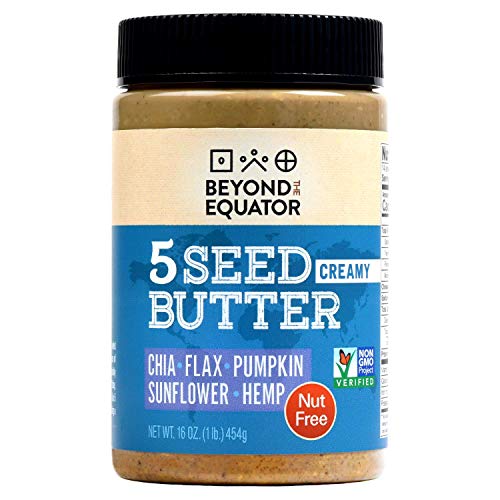

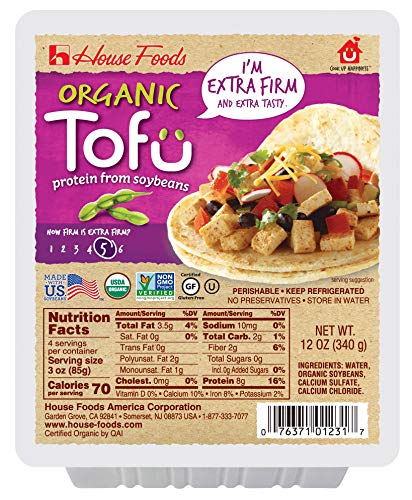

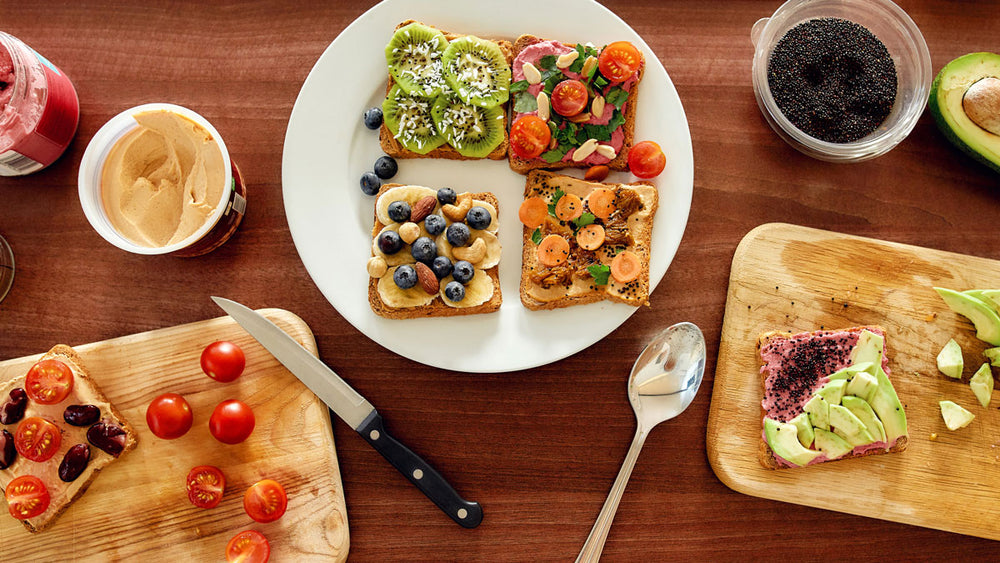

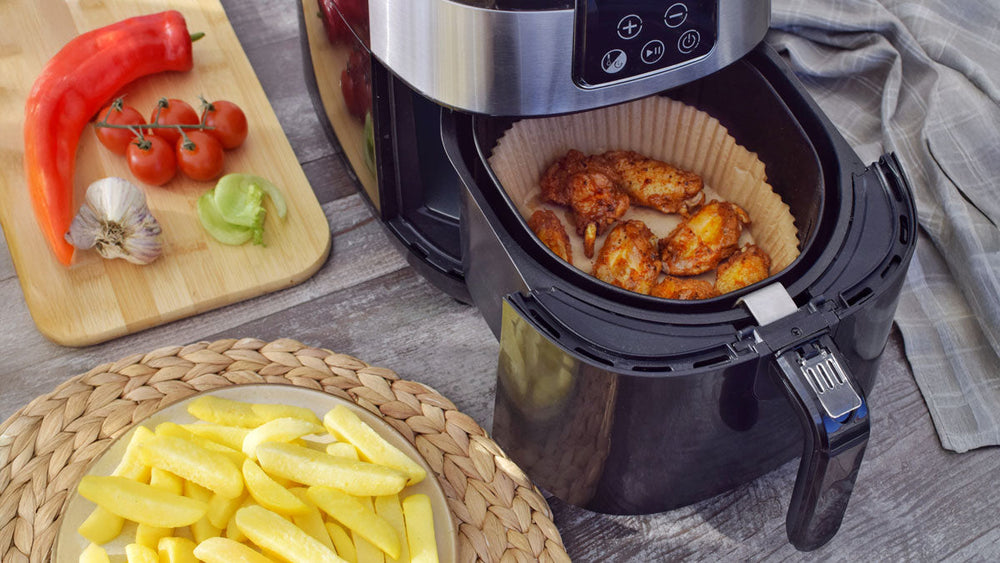

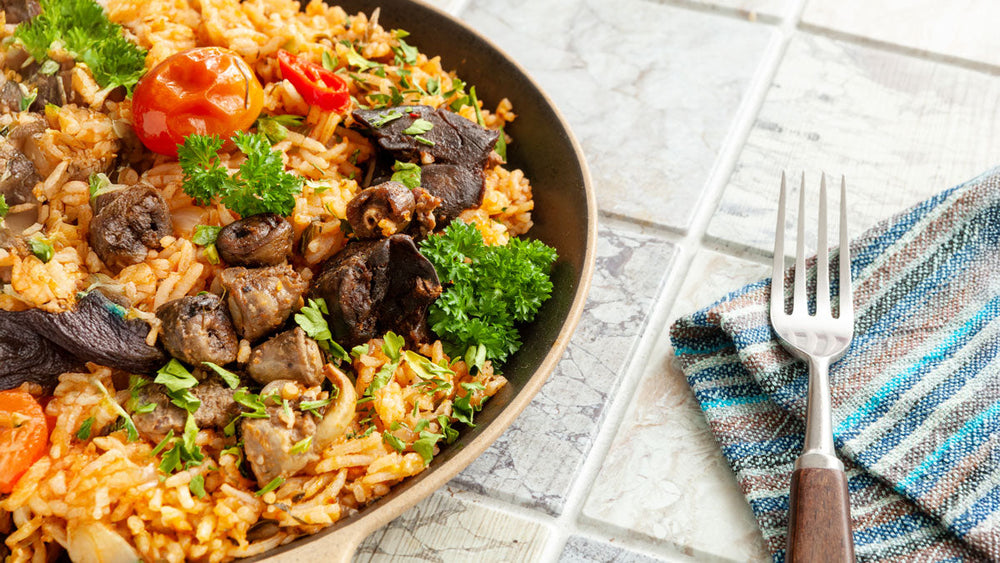

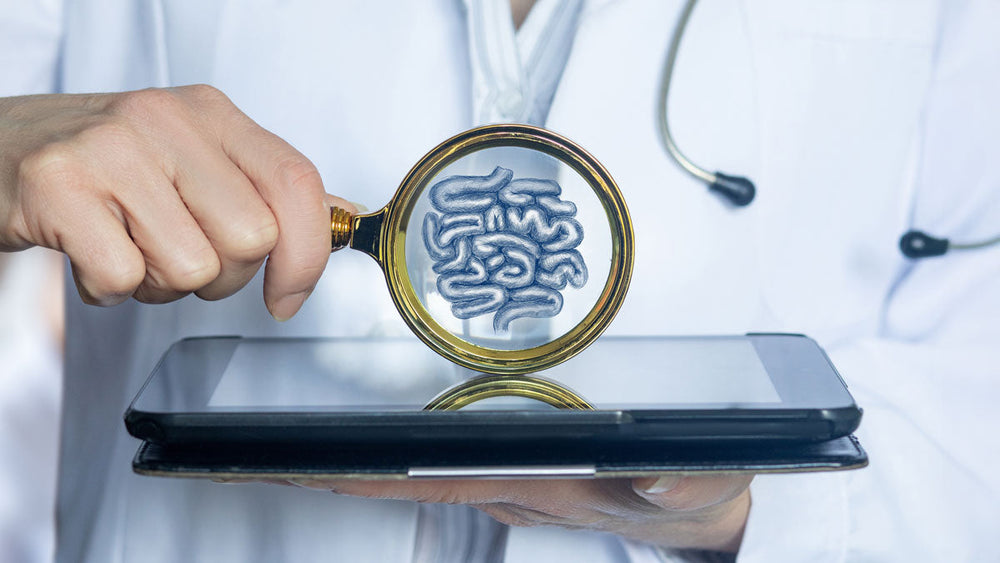





Comments
Join The Conversation...